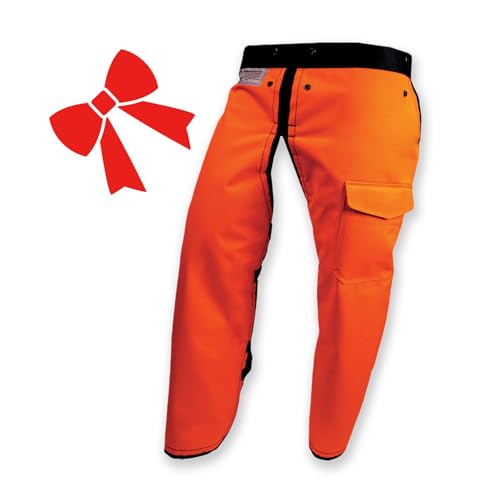Some good news and some bad news for lo-pro fans.
A new speed test, with the new-style Bailey's 066 BB kit. Squish was set to 0.023", otherwise, the kit is unaltered. Saw was tuned to 13,000 RPM WOT at the beginning of the test. 7 pin rim. The usual 12.5" wide pine cant.
Two passes were made with Woodland Pro lo-profile milling chain, then two passes were made with WP 3/8 milling chain.
lo-pro x 0.050" 1st pass 0.79 in/sec, 2nd pass 0.83 in/sec,
average 0.81 in/sec. The saw seemed happiest pulling 10,000 - 10,400 RPM. A virgin chain was used for today's test as will be explained later.
3/8 x 0.063" 1st pass 0.56 in/sec, 2nd pass 0.67 in/sec,
average 0.62 in/sec. Saw seemed happiest pulling 9100 - 10,000 RPM. The chain was nearly new, having only been used for this series of speed tests.
Here is a summary of all the milling speed tests I have done so far, ordered fastest to slowest:
Lo-pro
0.81 in/sec new "as-is" BB
0.76 in/sec wood ported 2008 vintage BB with chattered bore
0.73 in sec wood ported OEM with damaged bore
0.69 in/sec "as-is" 2008 vintage BB with chattered bore
0.75 in/sec average for all tests
3/8" x 0.063"
0.64 in/sec "as-is" 2008 vintage BB with chattered bore
0.62 in/sec new "as-is" BB
0.53 in/sec wood ported OEM with damaged bore
0.60 in/sec average for all tests
On average, the lo-pro is 25% faster than 3/8", at least on this peaky 90cc saw. A torky saw might give completely different results.
But, I ran into a problem. I had noticed the lo-pro chain was an extremely snug fit in the bar. At first, I assumed it was because the bar was brand new and not broken in yet. However, it seemed to get worse with each use, instead of getting better. So..... I examined the drive links very carefully. A micrometer confirmed the worst -- the drive sprocket is hammering the drive links and peening the edge. The drive links on this chain -- which has only been used for these speed tests -- now measure 0.057"- 0.061". I'm going to have to painstakingly dress each drive link before this chain can be used again. :bang:
With the typical worn and sloppy bar groove, you might not notice the peening problem, but my new Stihl bar doesn't like it one bit.
Now that I have data showing that lo-pro is 25% faster, I can justify buying the expensive special spur sprocket. Hopefully, that will solve the peening problem.
I'm also going to look into the possibility of turning down 0.404" rims to fit lo-pro. I'll have to fabricate a mandrel to hold the rims while they are being turned in the lathe, so that project may take a few months.



























































